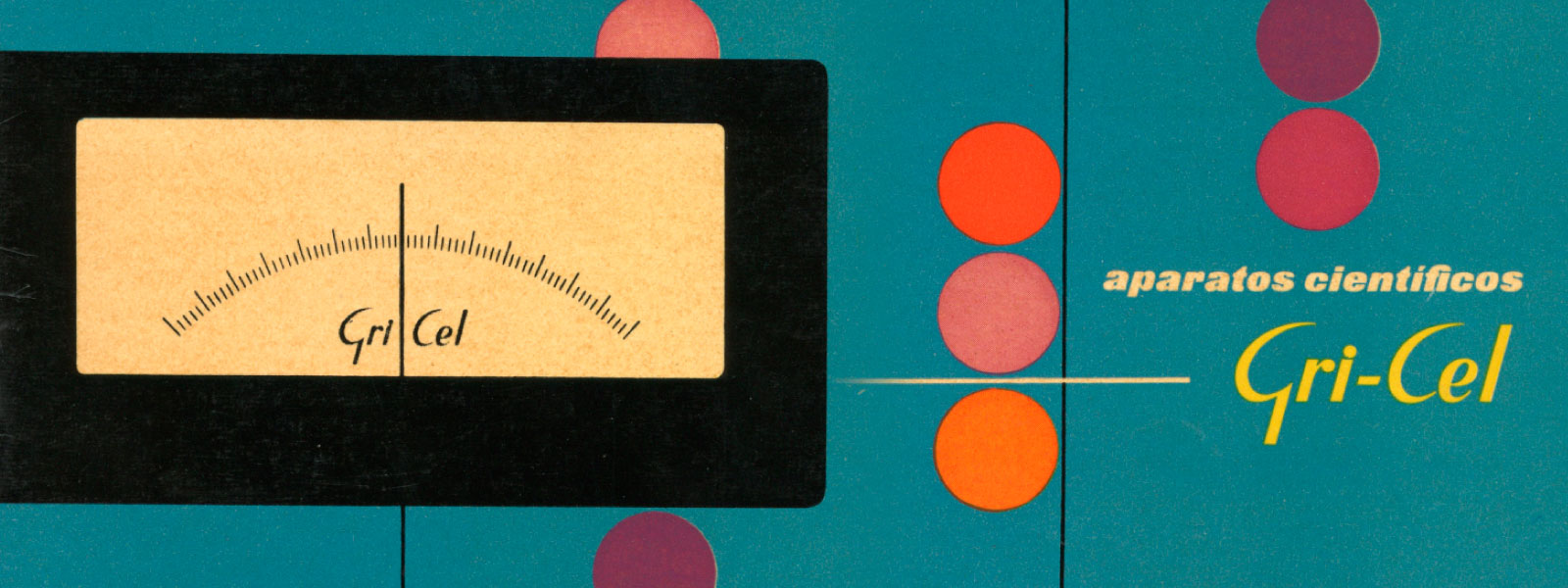Gri-Cel electric stirrer
Lab equipment improvements bring increased efficiency
Technical file
Type of innovation: Device
Scope: Clinical Analysis
Innovation leader: Grifols i Lucas, Víctor
Year: 1946
Period: 1909-1971
Geographical scope: International
Economic impact: Medium
Level of innovation: Adaptive
Patent: Yes
Interdisciplinary connections: -
A new electric stirrer for laboratory use
Stirring and shaking liquids is an everyday practice in the lab, used for mixing solutions, distributing temperature evenly, or preventing clotting, to name just a few procedures. Electric, magnetic, or vibration stirrers do a job technicians once performed by hand. These devices share two key features: a system of propulsion and a stir bar. The choice of model of agitator depends on the procedure and the type of stirring required.
In the mid-1940s, Víctor Grifols i Lucas identified the need for a stirrer to perform tasks in his laboratory. He designed and patented a new electric stirrer that could be mounted on a stand or directly onto the neck of the vessel containing the liquid to be stirred. The stirrer's small electric motor was a stand-alone device, with a revolving case that acted as the rotor. Another unique feature was that the stir bar – made of glass or metal and in different shapes – passed through the motor, which meant it could be easily adjusted to the required length. Yet the stirrer was not limited to use in Laboratorios Grifols. Gri-Cel was to market this device in the 1950s.
“In the mid-1940s, Víctor Grifols i Lucas identified the need for a stirrer to perform tasks in his laboratory, and designed and patented a new electric stirrer that could be mounted on a stand or directly onto the neck of the vessel containing the liquid to be stirred.”
Applying the electric stirrer to other lab equipment
The electric stirrer motor was adapted for other lab equipment over the course of that decade. On the mountable thermostat, for instance, the agitator enabled better heat distribution to automatically regulate water baths. The device may well have been the first of its kind.
Evolution of the electric stirrer
Around 1956, Laboratorios Grifols began to employ a synchronous stirrer motor, based on an idea for driving record players. Early models were made of aluminum.
The advantage of this electric stirrer over its predecessors was that the lightweight Bakelite motor meant it could sit directly on the flask, or any other recipient, for mixing. The motor was activated manually, operating at 275 rpm. It was patented under the name of Guillermo de Celis, coinciding with the founding of the Gri-Cel brand.
One evolution of the company's stirrer-cum-thermostat was the Digiterm, when Gri-Cel was taken over by Dade-Grifols in 1984. Improvements included an electric heat sensor in place of the original mercury thermometer and, later, a digital temperature display. Gri-Cel produced several models of other types of agitating device too: the Mixo-Tub, a vortex mixer for test tubes, and the Rodeo, an orbital shaker for flasks or bottles. After the sale of Dade-Grifols to Baxter, leading to the creation of Diagnostic Grifols in 1987, the former device would become the DG-Mix, while the Watterm stirrers would replace the Digiterm.

Víctor Grifols and mixing devices
Ever alert to new technologies and innovations, Víctor Grifols i Lucas came across a vibration mixer on a trip to Switzerland. He managed to get a model back for trials in his lab, before purchasing a similar, bigger apparatus. That vibration mixer had a variety of uses, particularly in chemical technology. In the lab, the device was tested in the production of Factor VIII to dissolve the essential blood-clotting protein without spoiling it.
Bibliography
Grifols, S.A. (2011). ¿Y si lo hacemos así? Patentes de Víctor Grífols i Lucas. Barcelona: Grifols, S.A.
Gri-Cel, S.A. [ca. 1960]. Aparatos científicos. [Sales brochure]. Barcelona: Gri-Cel, S.A.